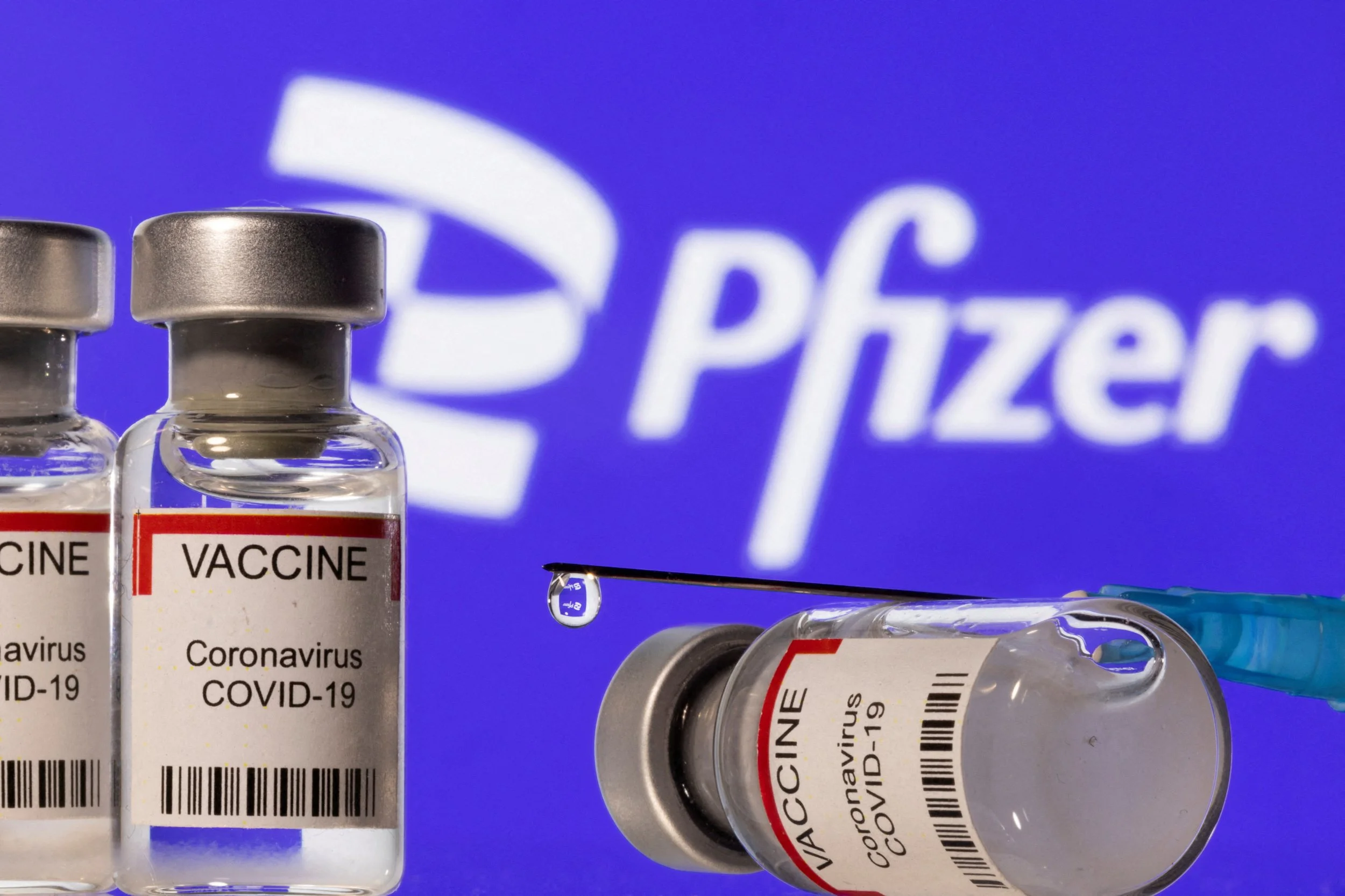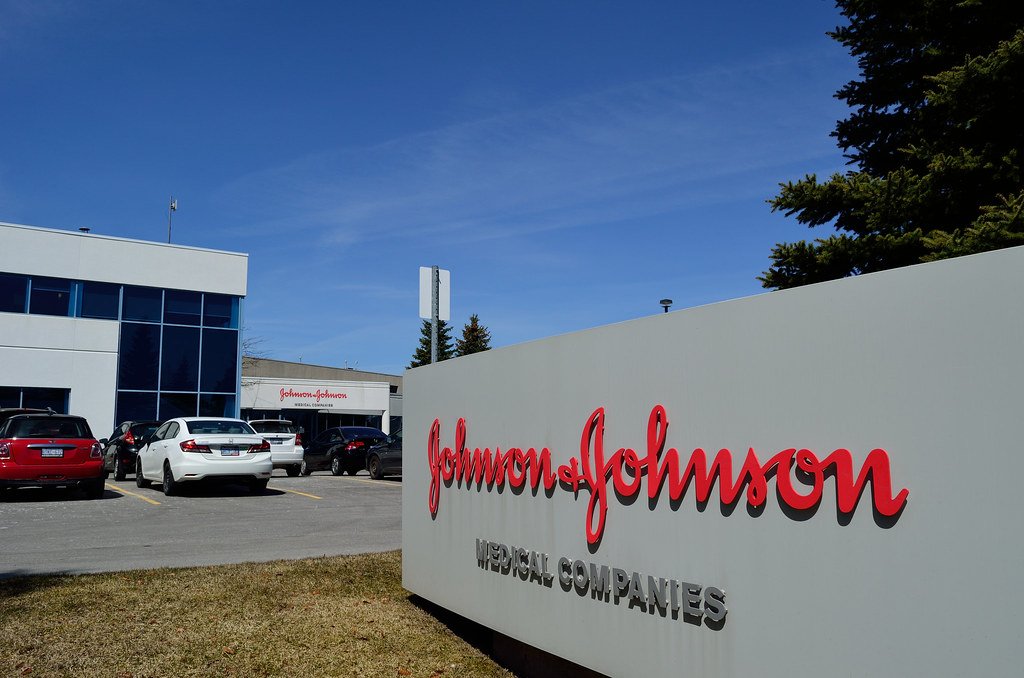
Learn how the Healthcare and Life Science industry works
Healthcare and Life Sciences (often shortened to HLS) is a huge sector containing many big name companies that you’ll be familiar with.
It can appear like a hard sector to break into because of all the medical regulation and legal implications.
But once you understand how the sector works, and how your solutions might be able to help a specific segment, you can use that knowledge to improve the success of your outreach.
Give me some examples of companies in this sector
A 140,000 employee company producing medical devices, consumer health products and medicines
A global pharmaceutical company making medicines. You might have received one of their COVID vaccines.
A large medical device manufacturer making implants, hospital beds and surgical equipment.
A manufacturer of medical devices including hip implants and sports medicine equipment. Famously known for their Zimmer frame.
What are the types of companies that work in this sector?
Medical Device Companies
These companies make physical items that are used in the delivery of healthcare.
They might provide large items like scanners, beds, or digital solutions.
Or they might provide smaller consumables like scalpels and bedsheets.
Example companies include:
Philips, Stryker, Johnson & Johnson
Pharmaceutical Companies
These companies develop and manufacture medicines.
They have large numbers of doctors researching and analysing new compounds, taking them through rigorous trials and approval processes before being allowed to market their medicines.
Example companies include:
Astra Zeneca, Pfizer, Moderna
Biotech Companies
These companies develop commercial products for use in the medical profession.
They are similar to pharmaceutical companies except that they leverage living organisms (such as bacteria) in order to develop their solutions.
Example companies include:
Allergan, Novo Nordisk and Celgene
Contract Research Organisations (CROs)
These companies carry out research on behalf of the other three types of companies.
They support their customers in developing, testing and bringing new products to market.
Example companies include:
Parexel, IQVIA and Covance
What’s the difference between “Healthcare” and “Life Sciences”?
HLS or Healthcare and Life Sciences is a term commonly used to describe this sector - but for a new starter its confusing as to what sits where and what the difference between the two is.
Life Sciences refers to the types of companies we looked at above - medical device companies, pharmaceutical companies and biotechnology companies. They make something.
Healthcare refers to the companies that deliver the care to the patients - hospitals and clinics, but also insurance companies that pay for the care.
It varies country by country, but broadly you can split the healthcare sector into three sections: Providers, Payers and Patients
Providers are the organisations that deliver care to patients. They may be hospitals, clinics, online tele-health organisations. Sometimes referred to as HCPs - Health Care Providers
Payers are the insurance companies that pay for the healthcare if delivered privately.
Patients are the ones that receive the care.
What are the big trends in this sector that I need to be aware of?
Products to solutions
This is a broad statement, but across this sector data and the solutions that can be built from that data are driving a massive transformation.
Instead of just providing a patient with some medicine or an implant and expecting them to go off on their way, patients and payers are asking for data, support, updates on how that particular treatment is working.
Think of a diabetes tracker that updates your phone with alerts and updates - and now deliver that for any other treatment.
Life science companies can no longer just develop a physical product, but must also develop technology solutions around it.
Location of patients and clinician
Even today, in most cases if you are ill you’ll say “I need to go and see the doctor”. We’ve always had to be physically co-located with the clinician for them to assess us, to diagnose, and then to treat us.
That requires doctor’s surgeries, hospitals, it requires travel and waiting time.
For more complex procedures it requires specialist skills like a radiographer to be in each and every hospital.
But now, internet based solutions mean that the patient can be in one location and the clinician in a different facility.
This opens up huge opportunities to deliver specialist healthcare in poorer or hard to access regions
Value based healthcare
Traditionally it was the healthcare provider who decided what treatment was going to be provided, and their word was final.
But increasingly, the payers (insurance companies) are getting involved in decision making based on the patient outcomes for each treatment type.
Medicine is no longer about the patient doctor relationship, and now relies on data shared back with both the patient and payer to determine the path forward.
New Go To Market Models
Medical sales reps have traditionally travelled around their territories visiting Health Care Providers in their facilities.
They have dropped in to see their ‘friendly’ doctors between surgeries, shown them some information about a new device, asked them if they need help with any current products, and generally encouraging the doctor to use their solutions in their treatment plans.
COVID has accelerated a transition towards a more virtual sales motion like we have in tech sales.
More remote, more productive, leveraging in person meetings for the strategic conversations.
The four phases of a clinical trial
Phase I
These trials are typically the first time a compound is tested in humans. The study group is small (20-100) and they are designed to study the safety of a new medicine, to check if there are any side effects, and to look at the right dosage and formulation of the compound.
Phase II
These trials are designed to look at the biological effect of the compound. They include a larger number of participants (50-300).
Many medicines don’t make it past Phase II as it can’t be proven that there is a real benefit to taking the treatment.
Phase III
These trials measure the effectiveness of the new treatment against current available medicines against a group of 300-3000 patients.
Any new treatment should be more effective (or significantly cheaper) to make a business case for moving forwards.
Phase IV
These trials are run after a medicine has received regulatory approval and is in public use.
The trials look at the long term effectiveness and safety of the new medicine.
Life Science companies invest a huge amount in research and development, and once they have a new medicine, vaccine, device or diagnostic tool they typically go through a four phase clinical trial process in order to take their new product to market.
What should I be thinking about?
-
It is not enough to just say you sell into HLS and try and craft the same outreach for everyone. You need to understand which of the sub-sectors we’ve covered above your accounts are sitting in, and understand their specific challenges and how your solution might be able to support them.
-
Pharma companies are dealing with regulation, med-device companies are dealing with supply chain issues, healthcare providers are dealing with changing patient and payer demands - consider what is top of mind for your customer.
-
In times of economic uncertainty companies will only invest if they can build a direct link between your solution and one of their strategic priorities.
Even when the request comes inbound, do the work to link your solution to something they really care about.
Regulation
The Healthcare and Life Sciences industry is heavily regulated - and for good reason. As individuals we want to know that any medicine we are prescribed has been through all the relavent approvals, and that anyone dealing with our patient data handles it with appropriate care and control.
We can’t cover all regulations here but a couple to know about:
Health Insurance Portability and Accountability Act (HIPAA)
This is a US federal law that protects patient data as it is transferred from one entity to another.
Think of your doctor sharing information with your insurance company.
This regulation is relevant to you if you are selling technology that might handle patient data
FDA 21 CFR
A complicated code that stands for the US Food and Drug Administration (FDA) Title 21 of Code of Federal Relations (CFR).
CFR Part 211 covers drug and pharmaceutical manufacturing.
CFR Part 820 covers medical device manufacturing and distribution
Where do I find out more?
Analysts
Look for recent reports from Gartner, Forrester and IDC on the HLS sector.
They will help you learn more about the trends and priorities that CxOs are focused on.
Consulting Firms
Accenture, Deloitte, Bain & Company, McKinsey, BCG all have Healthcare and Life Sciences pages on their websites.
They provide predictions of the future which will help you determine how your solution can support your customers getting there.
Other Tech Companies
Most large tech companies like Salesforce, Microsoft and SAP have verticalised. They produce events, ebooks, datasheets on what their teams see is happening in the industry.
Of course, these are their views based on what they want customers to buy - but still a good source of information.
Companies in the sector
Even if you are selling into smaller private companies, you can learn a lot from the annual reports of their bigger sisters and brothers.
Look for the top five companies in your specific sub-sector and download their latest annual report from their investors page.
It will walk you through their vision, their strategic priorities and the challenges they are facing.














DaVita: is a comprehensive kidney care provider focused on transforming care to improve the quality of life for patients globally. The company is one of the largest providers of kidney care services in the U.S. and has been a leader in clinical quality and innovation for more than 20 years.